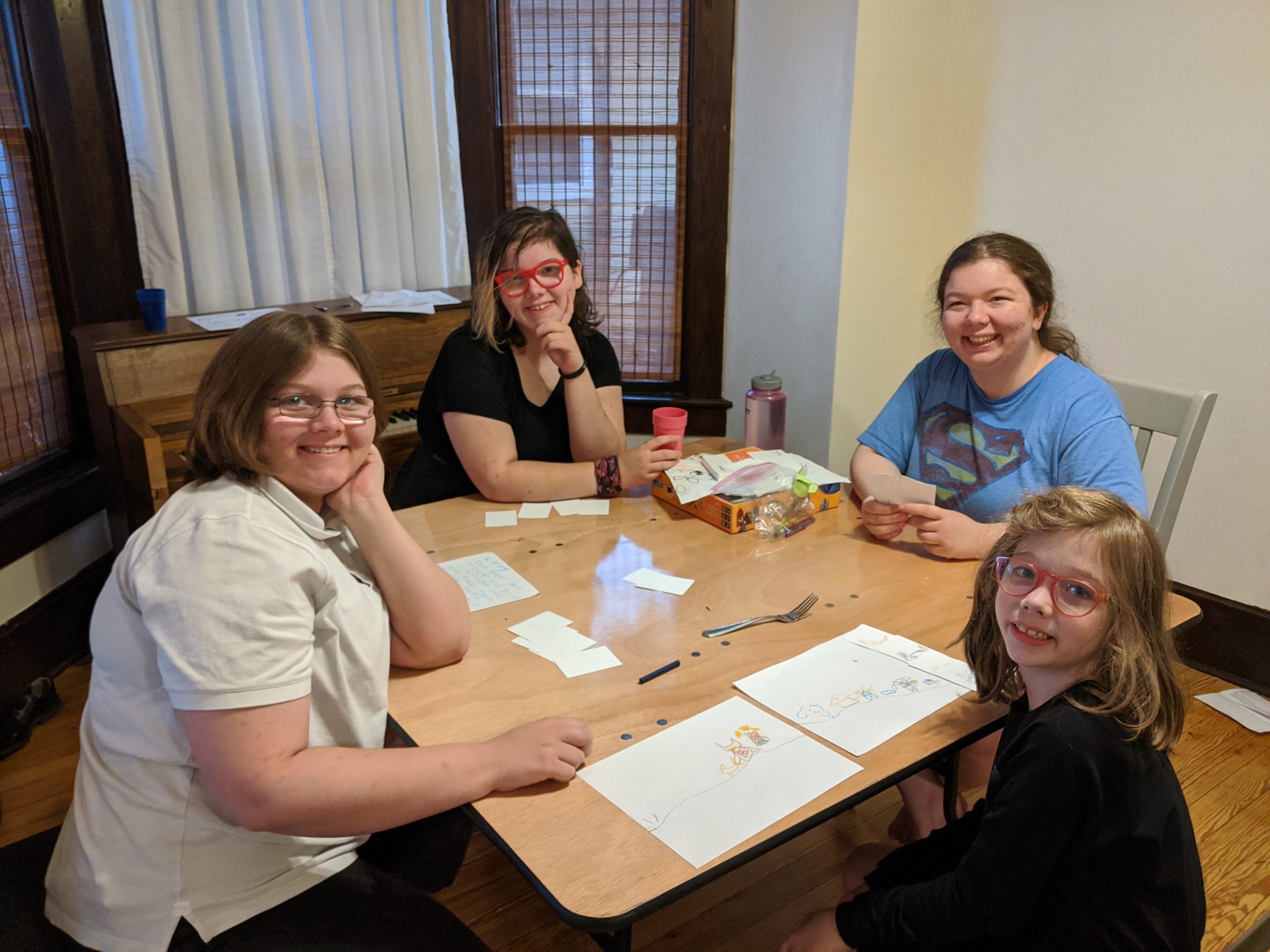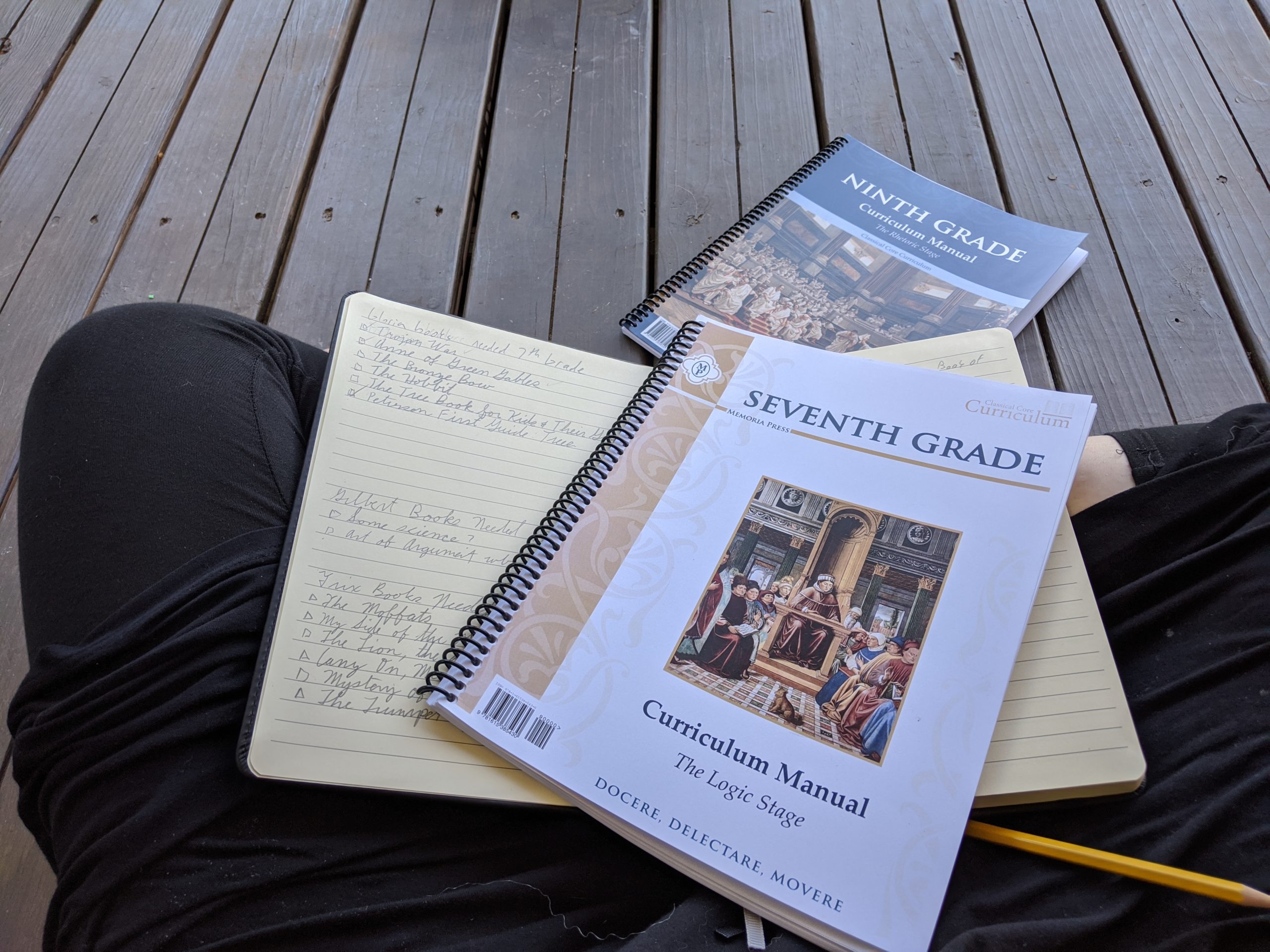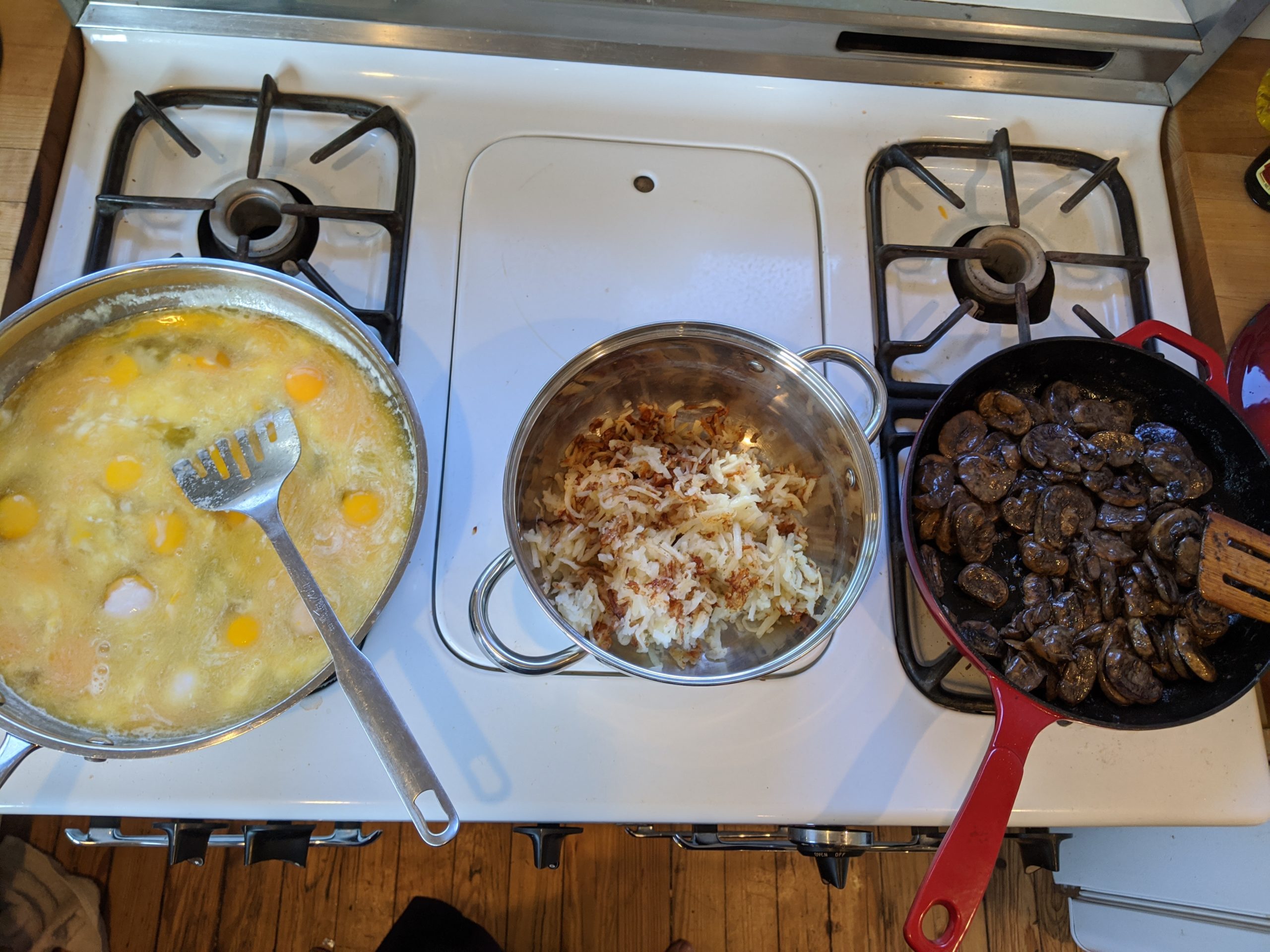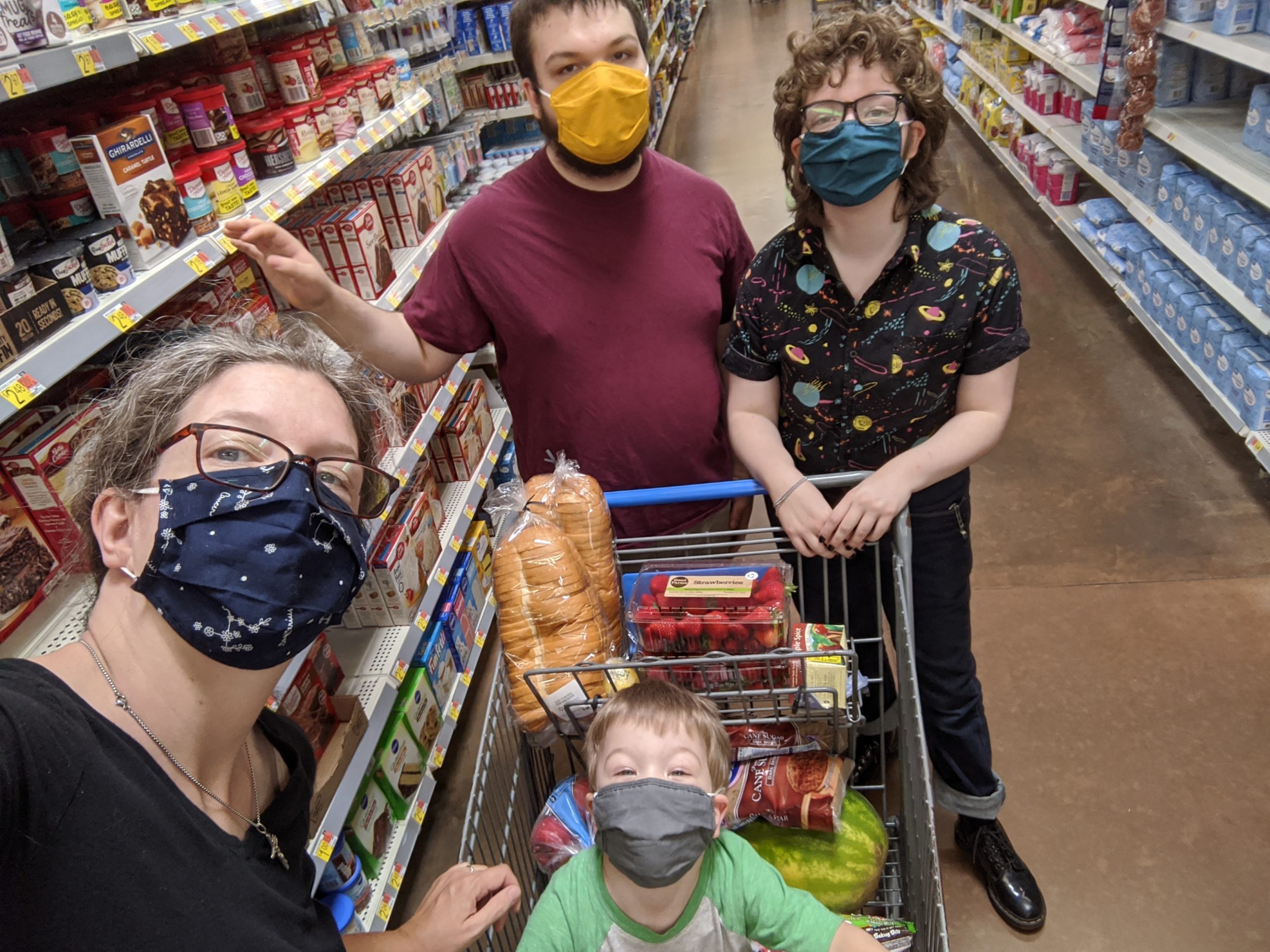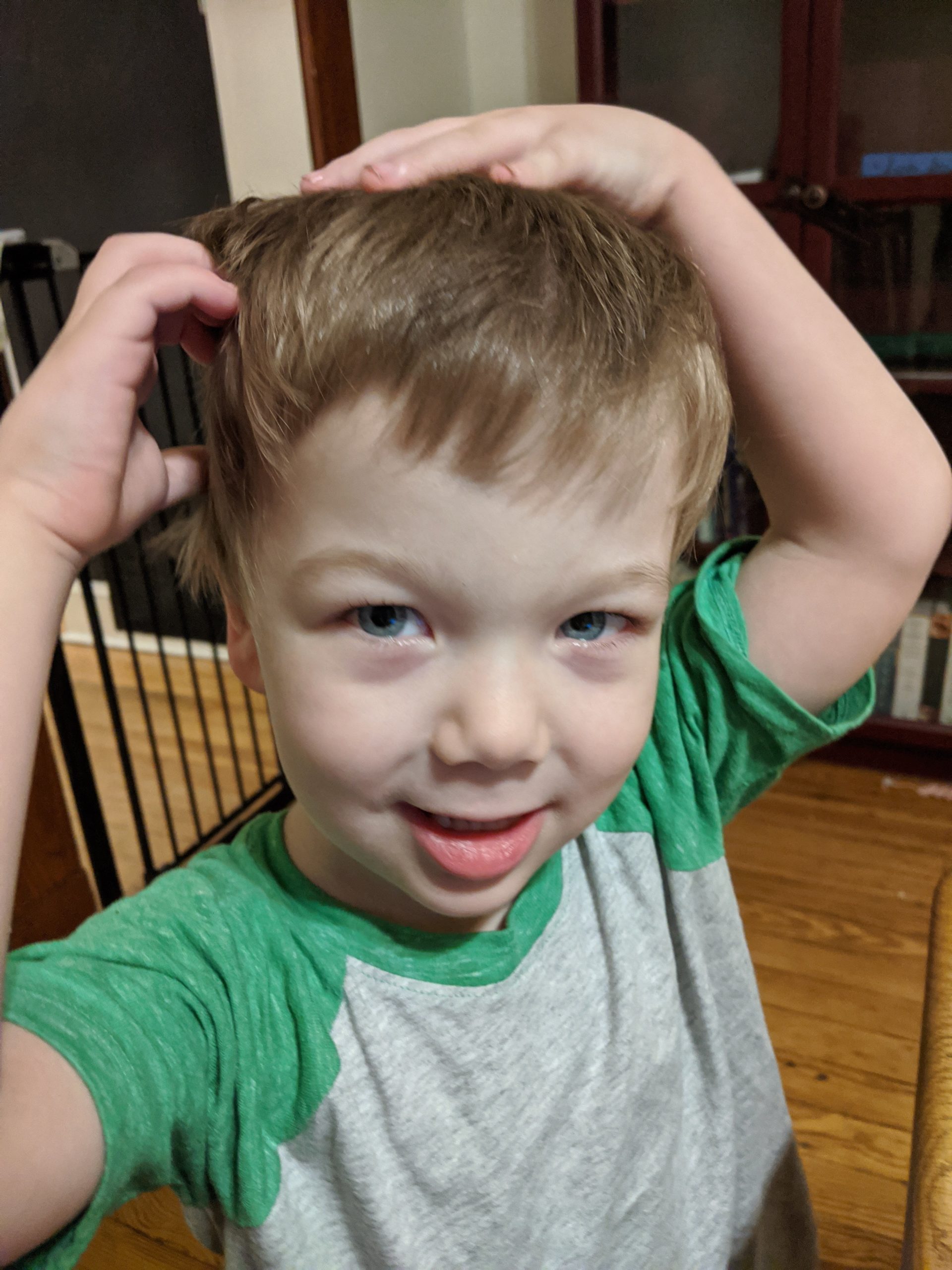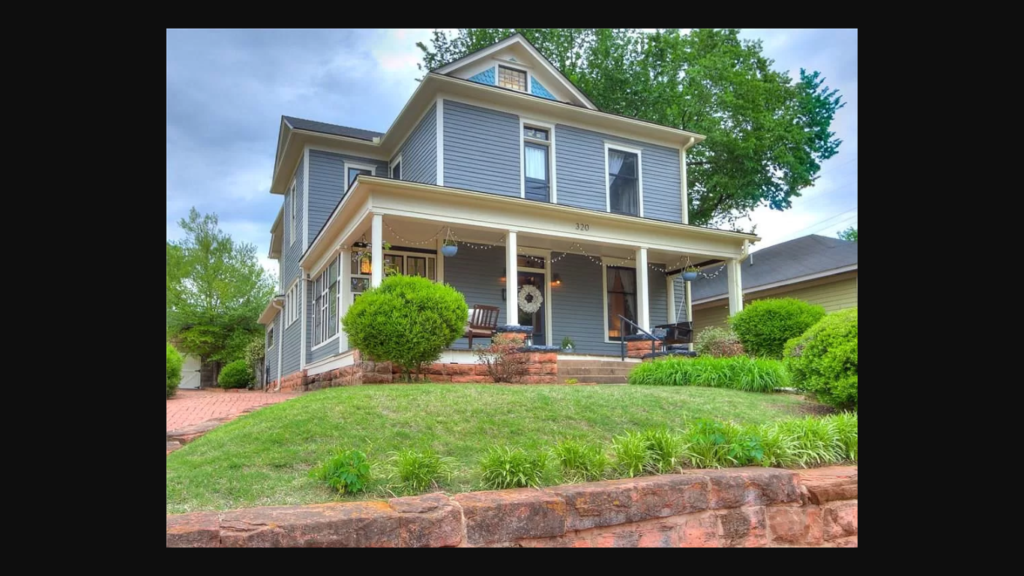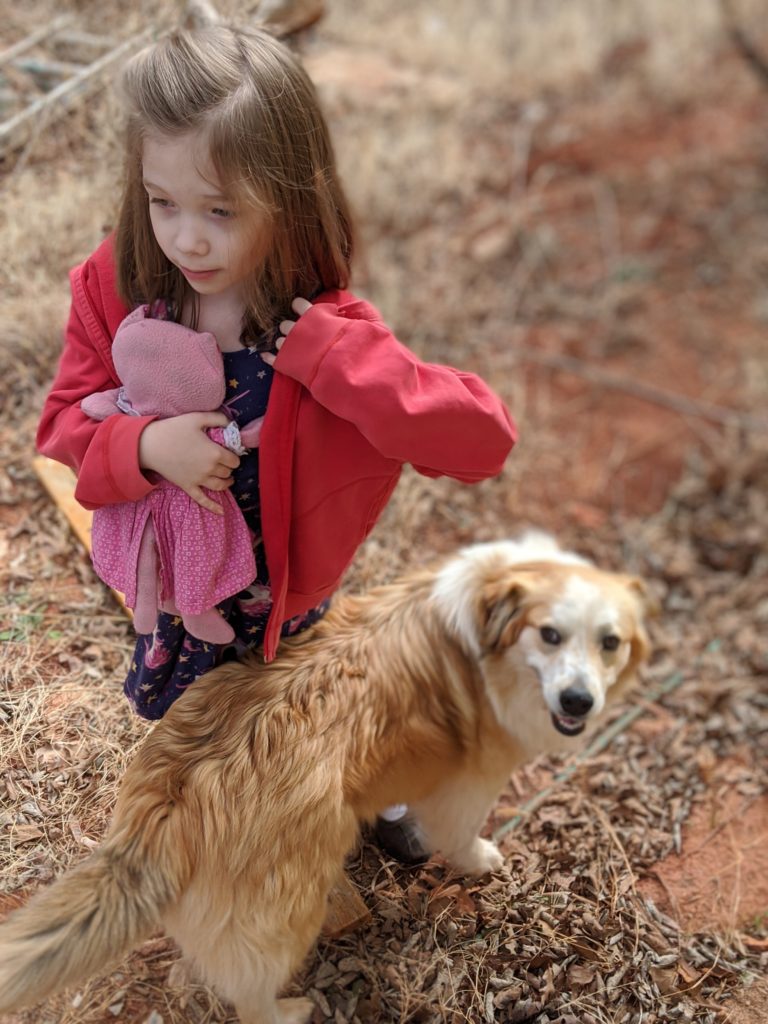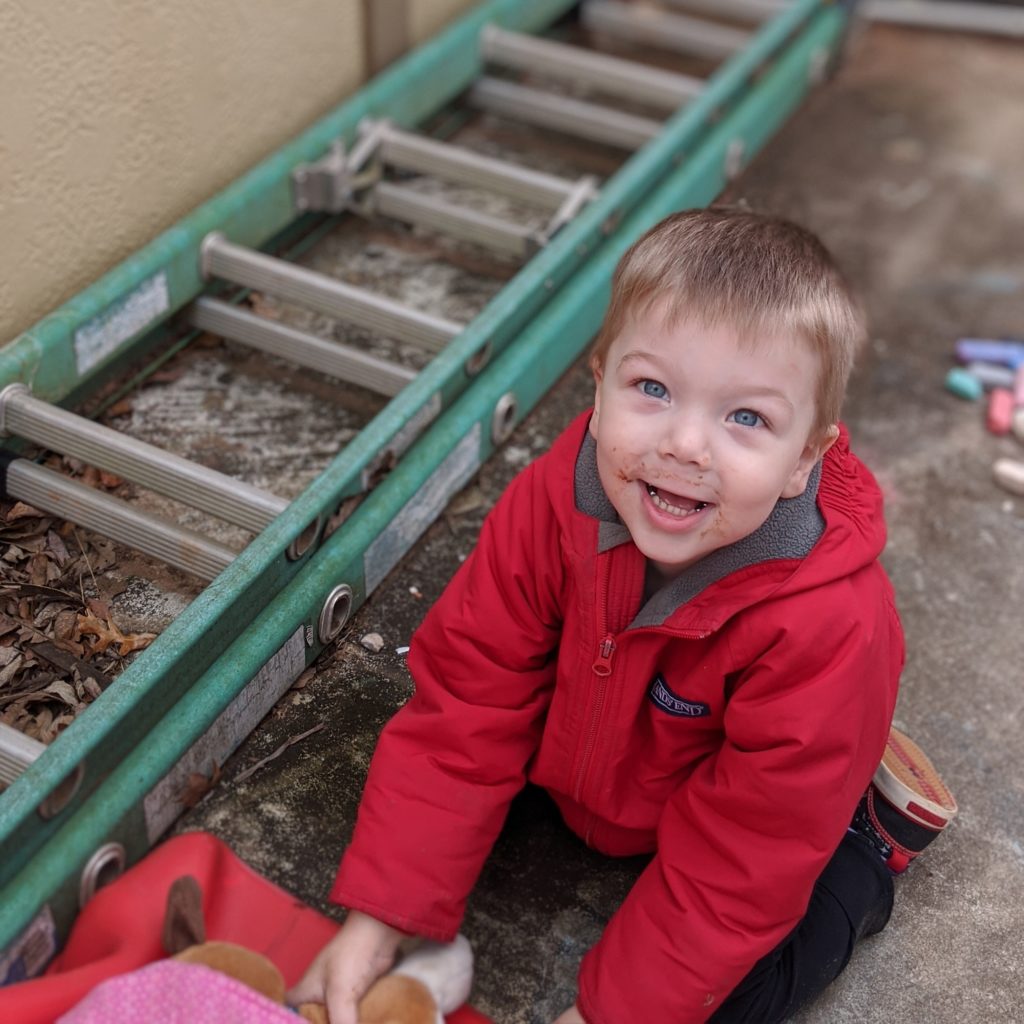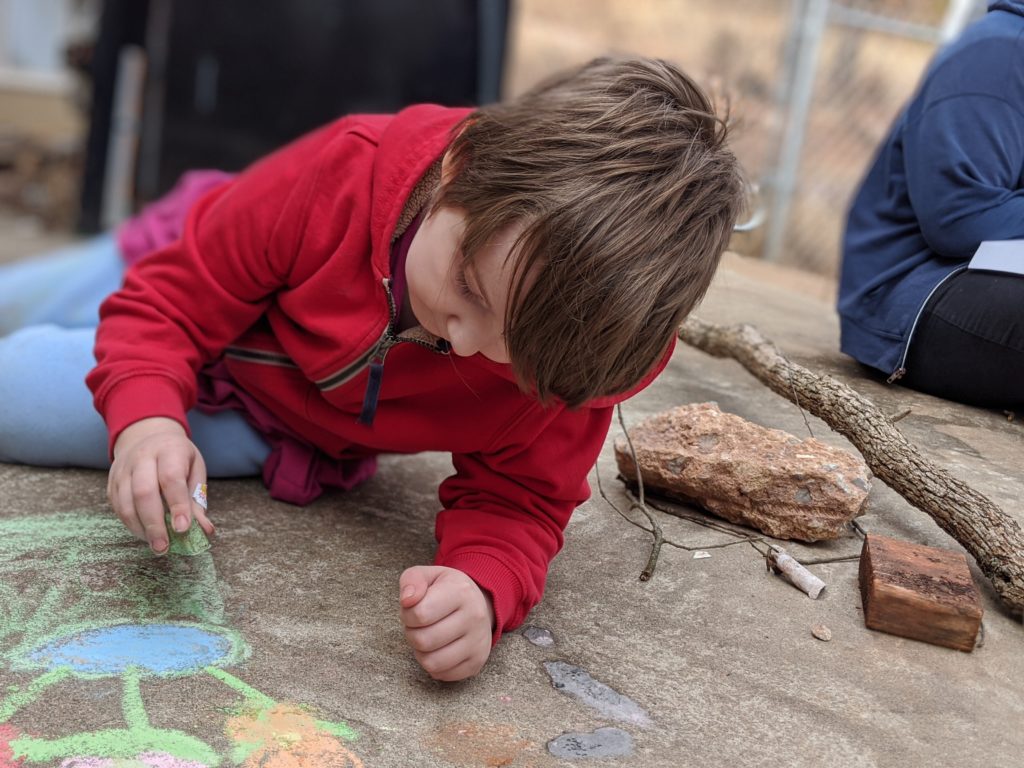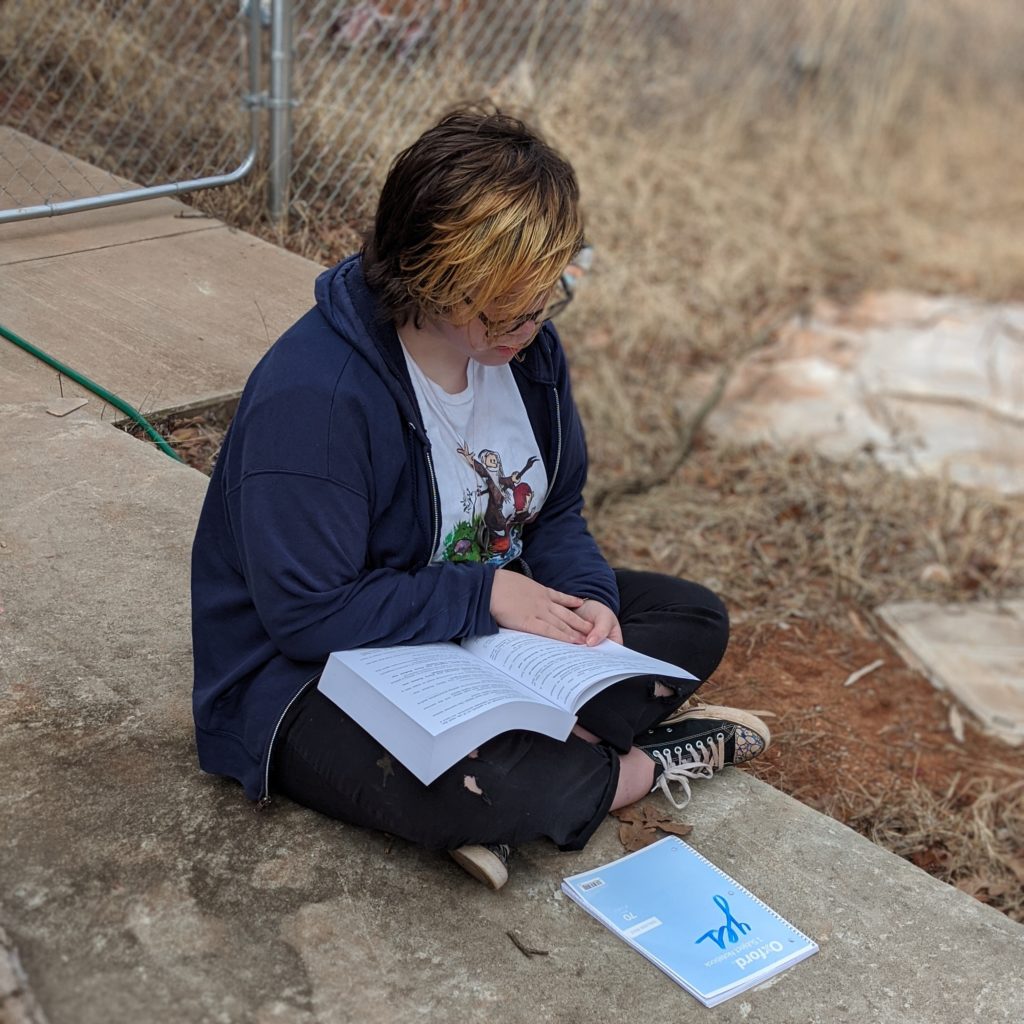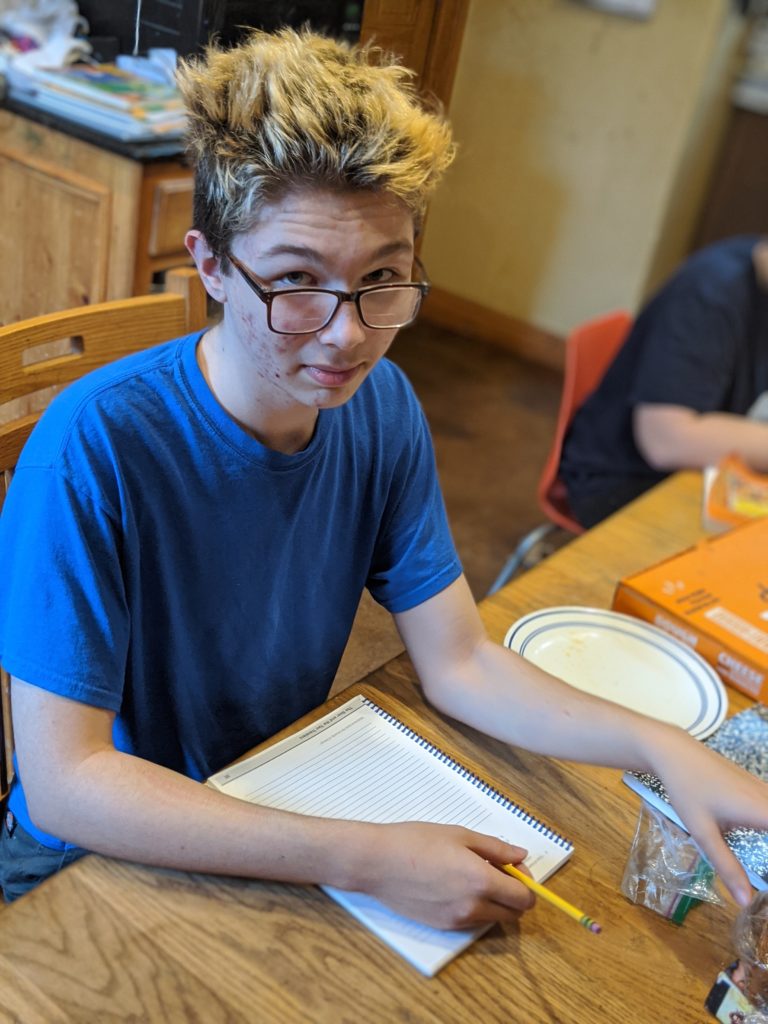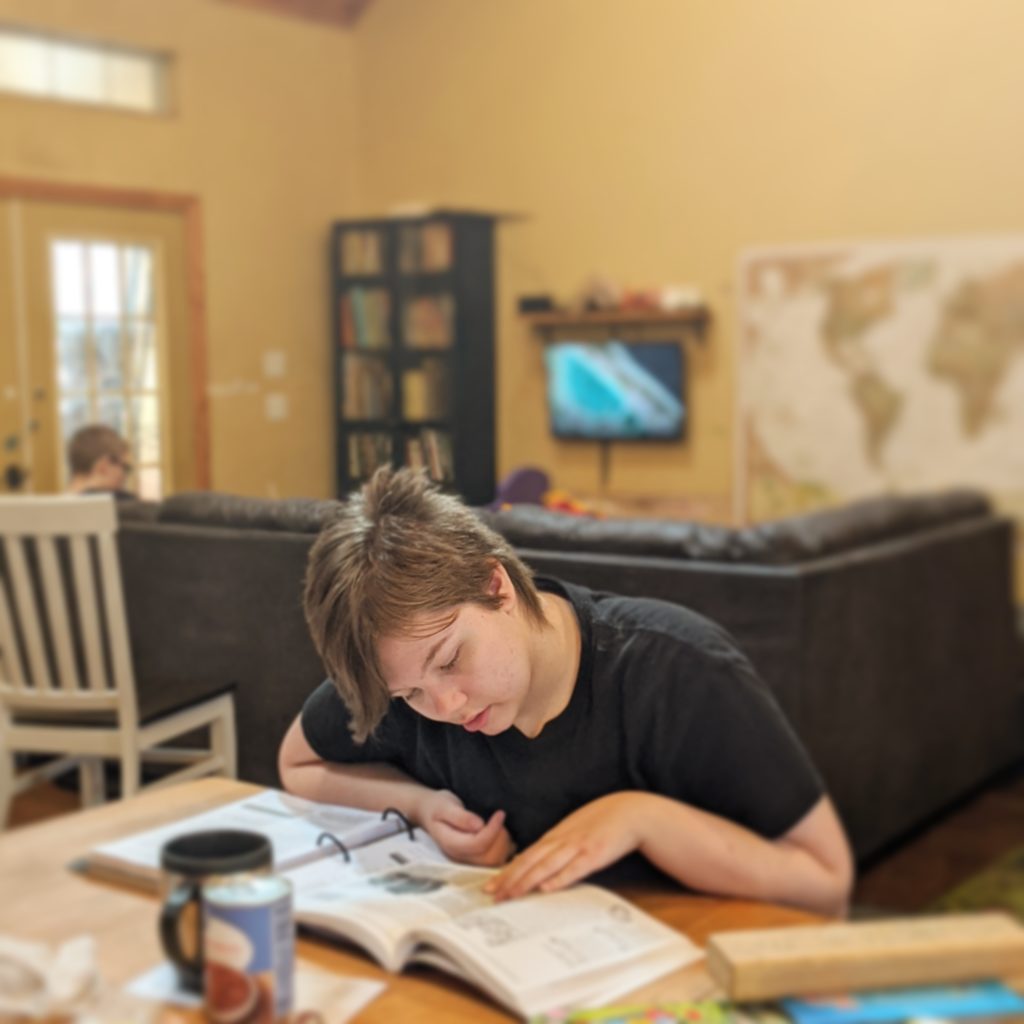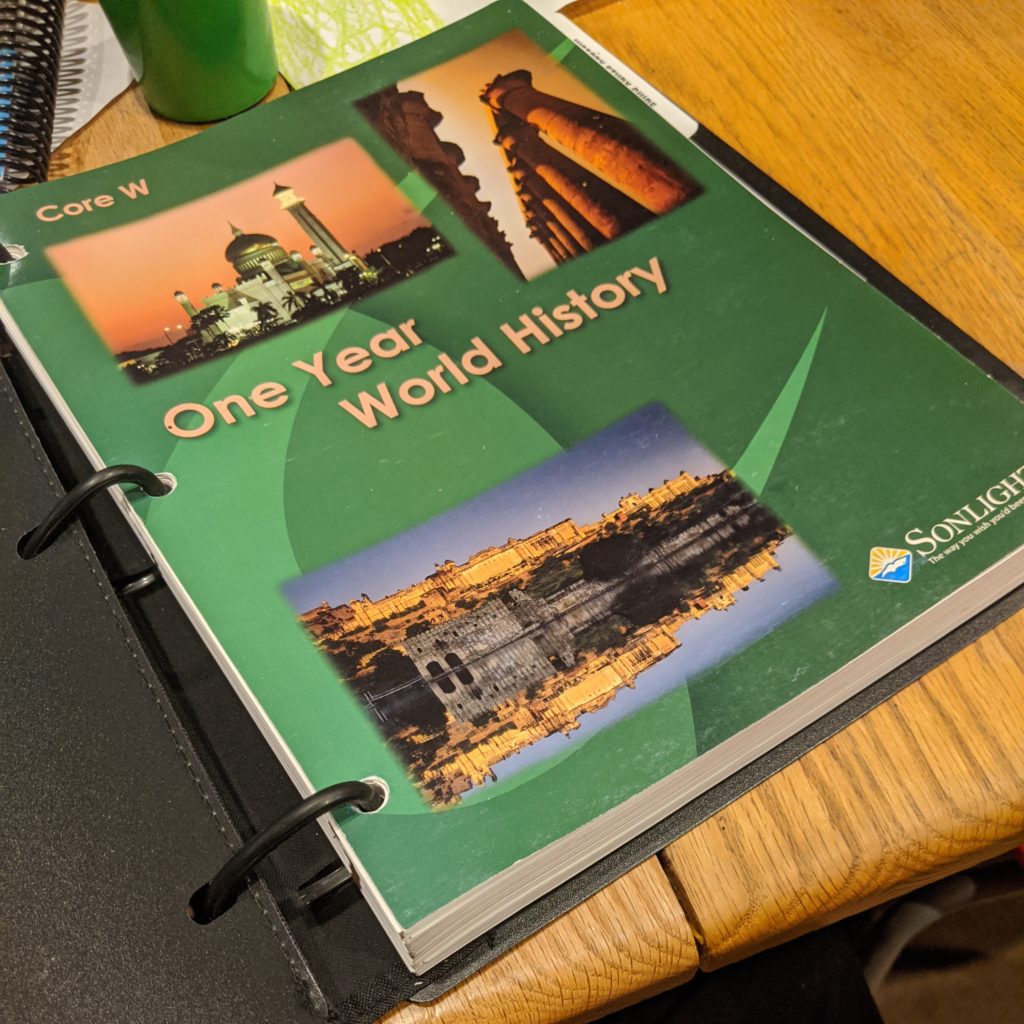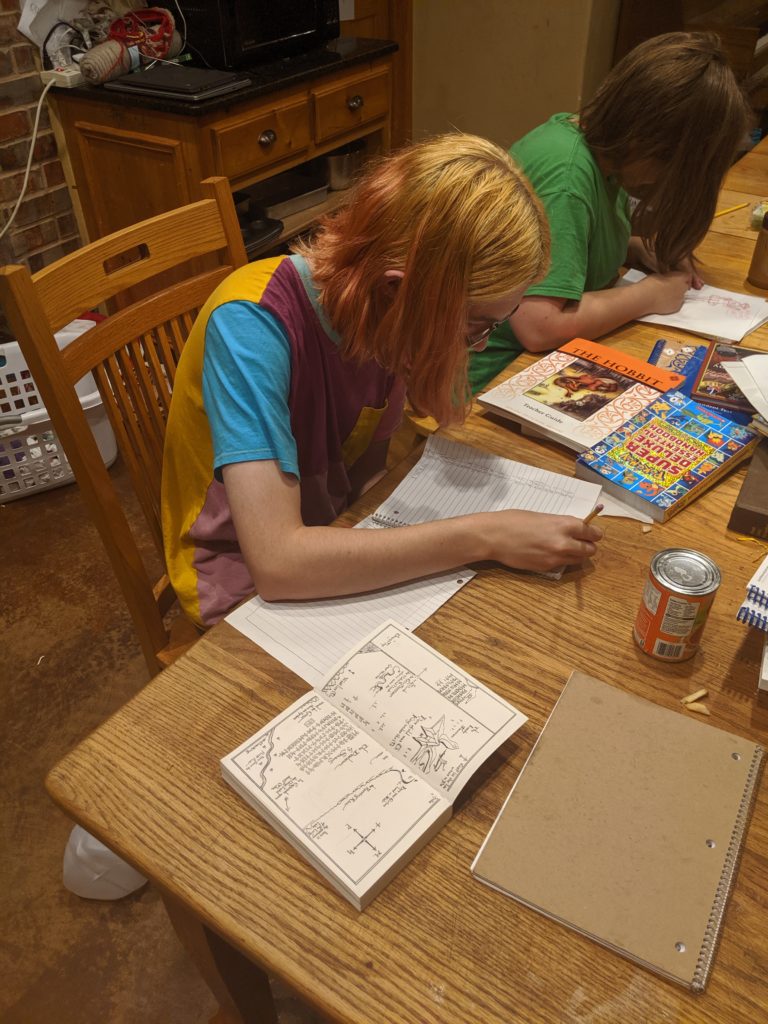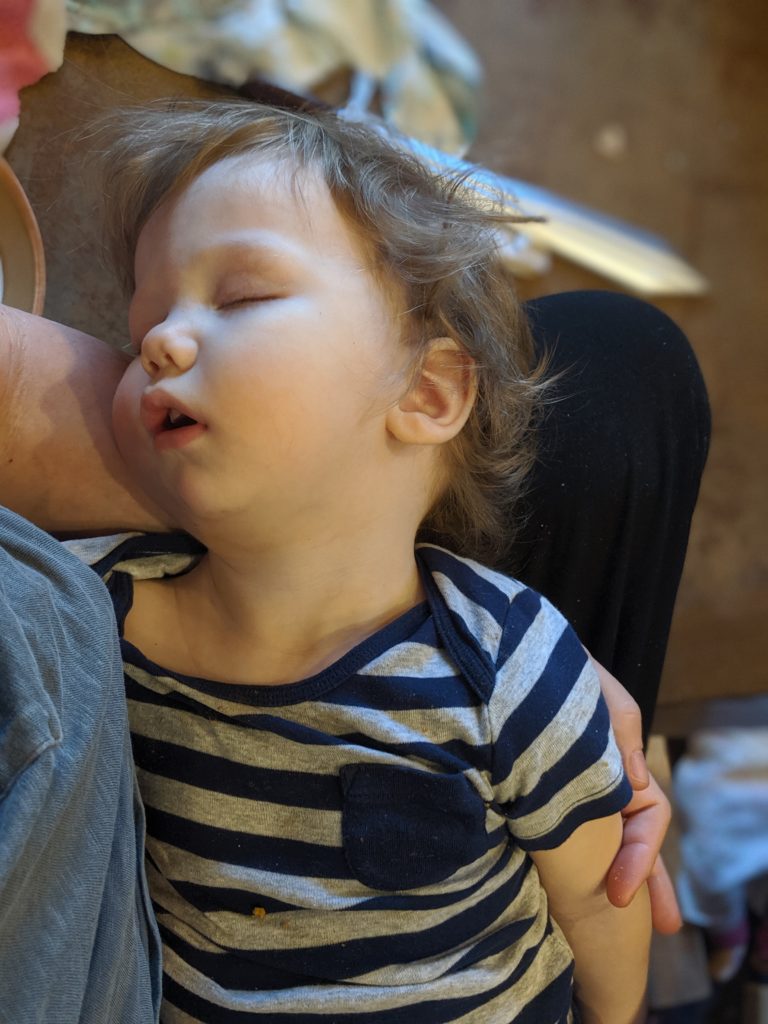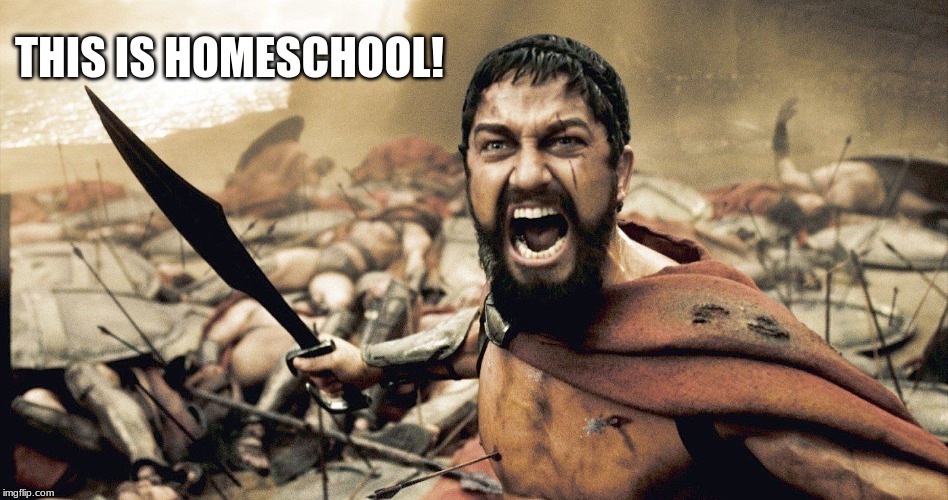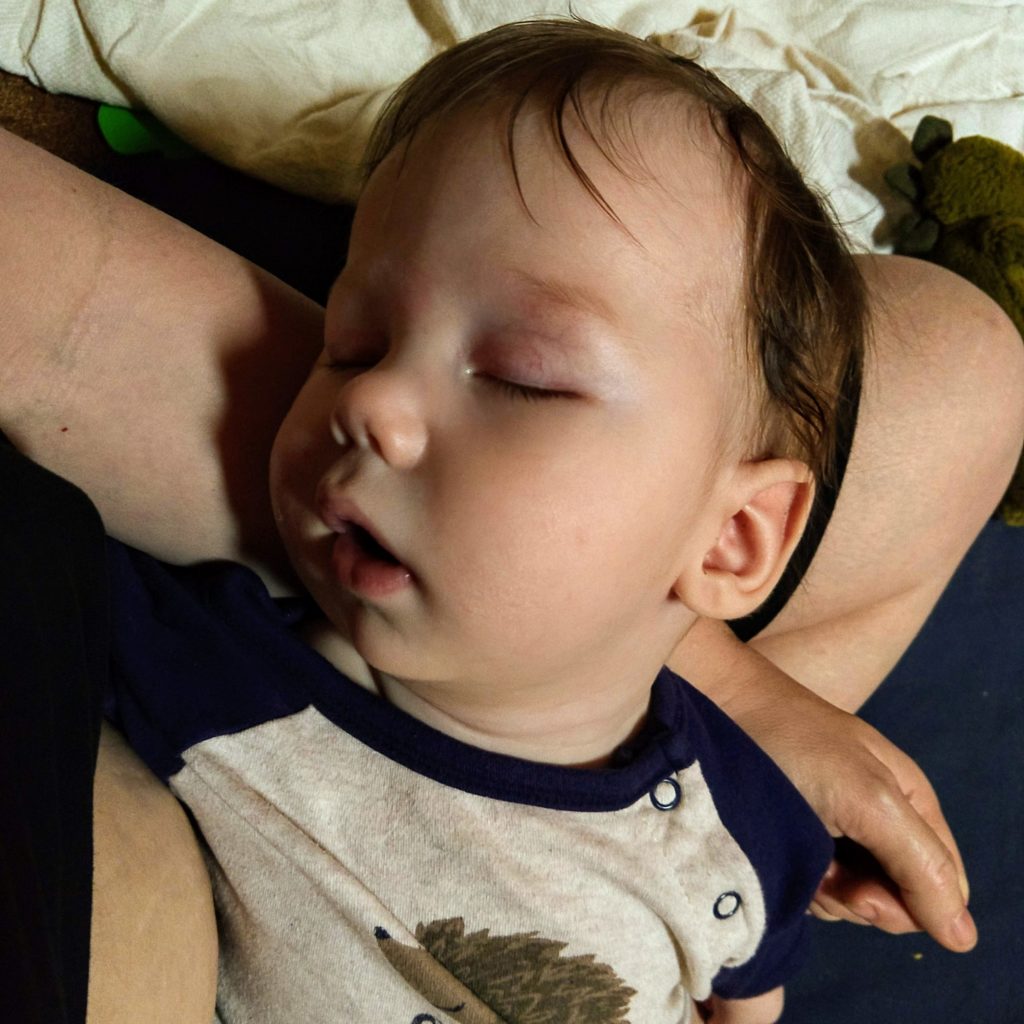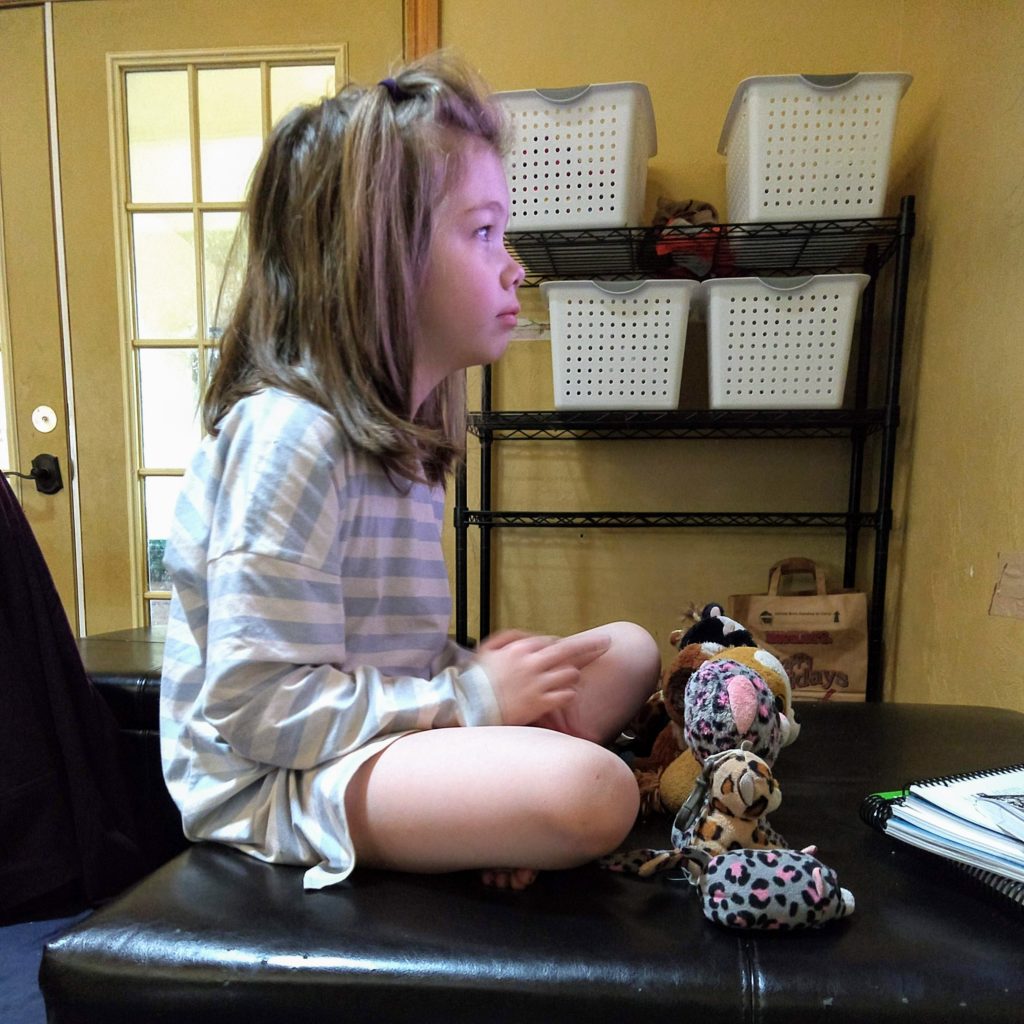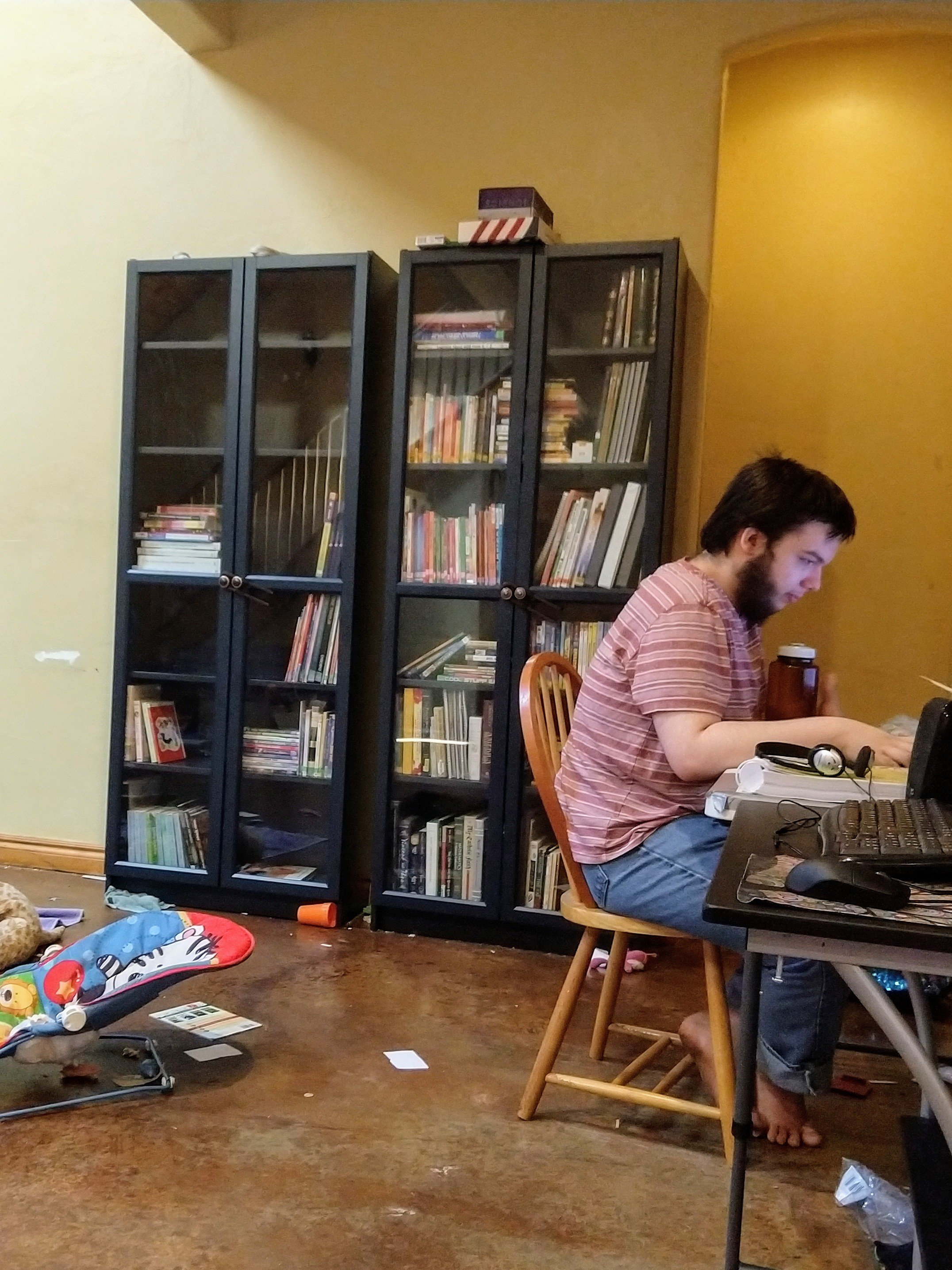If there is a curriculum out there I have probably used it. But I keep coming back to Sonlight. On Instagram, I was recently asked about the difference between Sonlight and Seton:
Very curious about this as I make the decision whether I’m going to homeschool my son for the upcoming school year. (He will be 5!) I’ve never heard of this curriculum and am looking forward to checking it out!! I was looking at Seton. Have you tried that curriculum and if so what are the similarities/ differences? If not, what do you like about Sonlight? Thanks!
Some quick thoughts about it below.
Yay for five-year-olds! I am a big fan. I feel like five is the first fully childhood year, no baby left. Their actual capabilities start to come in line with their desires to Be Big. Their work is play, very much, but they begin to get an attention span and focus that three and four year olds just lack. My general principle for under-tens is that doubling their age in minutes is their approximate lesson length. So a five year old can handle about ten minutes (or less) of a subject before his brain starts to reject new information and he needs to ruminate on it for a day or so.
I have used Seton’s Pre-K, K, 1st, 6th, 7th and 8th. I have used Sonlight’s Preschool (T), Pre-K (P), Kindergarten (K), and levels* A, B, C, D, E, G, H, and 100. So I have experience with preschool, kindy, elementary, middle, and junior high in both curricula. (I’ve also used Oak Meadow and Memoria Press but I won’t get into that now.)
Seton is very much a Catholic school-in-a-box at every level and for every subject. It is mostly consumable workbooks with supplemental texts, and the parent is given scripted notes in most books (and in all of the lesson plans you get if you enroll in the school.) Notably, Seton is almost absurdly Catholic throughout: the subjects are Math, Science, English “for Young Catholics,” the math problems have Catholic content, the phonics pictures are items you will see at Mass, etc. It’s very endearing to me, actually.
We did Seton for a while. It was great to have everything so laid out – it’s truly open and go. But… it’s boring. It’s so dry. Especially in the older grades. The Pre-K through 1st are okay. But my big kids were in revolt after a few months at the read workbook, answer worksheet, take test sameness. Occasional essays. It’s very rigorous, it’s not busywork, but it’s super predictable. We stopped.
Sonlight is not like that. Sonlight is Christian and is evangelical Protestant in creed, though I haven’t encountered anything out of line with the Catholic faith. It is “living books,” which is to say, books not textbooks. With Sonlight you read a book like Johnny Tremain or Charlotte’s Web out loud with your kid and then you talk about it. That’s it. Once your kid can read there are also books for him to read alone, but they give you discussion questions for those as well so you can talk about them too. It’s delightful. There are worksheets in the lower cores for Language Arts and Science if you like
Every Sonlight level corresponds to a wide age range, and generally you should aim for the top, i.e., if it says “ages 9-12” don’t put your nine year old in unless you’re ready to slow it down a bit. This year we’re in Pre-K, K, and 100 for a kindy, a second grader, and 7th, 9th and 10th. I use the History and Literature right out of the box and some of the Bible. We aren’t using Sonlight Language Arts or Science this year but we will be again next year, with core B and core J. For the person who actually asked the question, I’d get Pre-K with the Kindergarten readers (you can easily customize the reading level with Sonlight) for a five year old. The K level is new, and really too advanced for most 5-6 year olds in my opinion. It’s not a bad choice, just a little more than it should be.
What I like about Sonlight is the literature-rich year. Every core comes with dozens of books to read together. Other homeschool curricula have 4-8. If you like reading, and your kids do, Sonlight is wonderful. Since each level covers a wide age range it’s not hard to combine kids at all. I have a 13, 14, and 16 year old all together in core 100 this year, all reading the same great books about US History together. The six year old and the eight year old are usually found listening to each other’s read-alouds as often as not. (And the four year old tags along too!)
This has touched on why we use Sonlight but there are more articles on the Sonlight website too, including why not to use Sonlight.
*Sonlight uses the term HBL to refer to the history, bible, literature portion of a level. They used to call them Cores instead of HBL and I tend to still say that.
